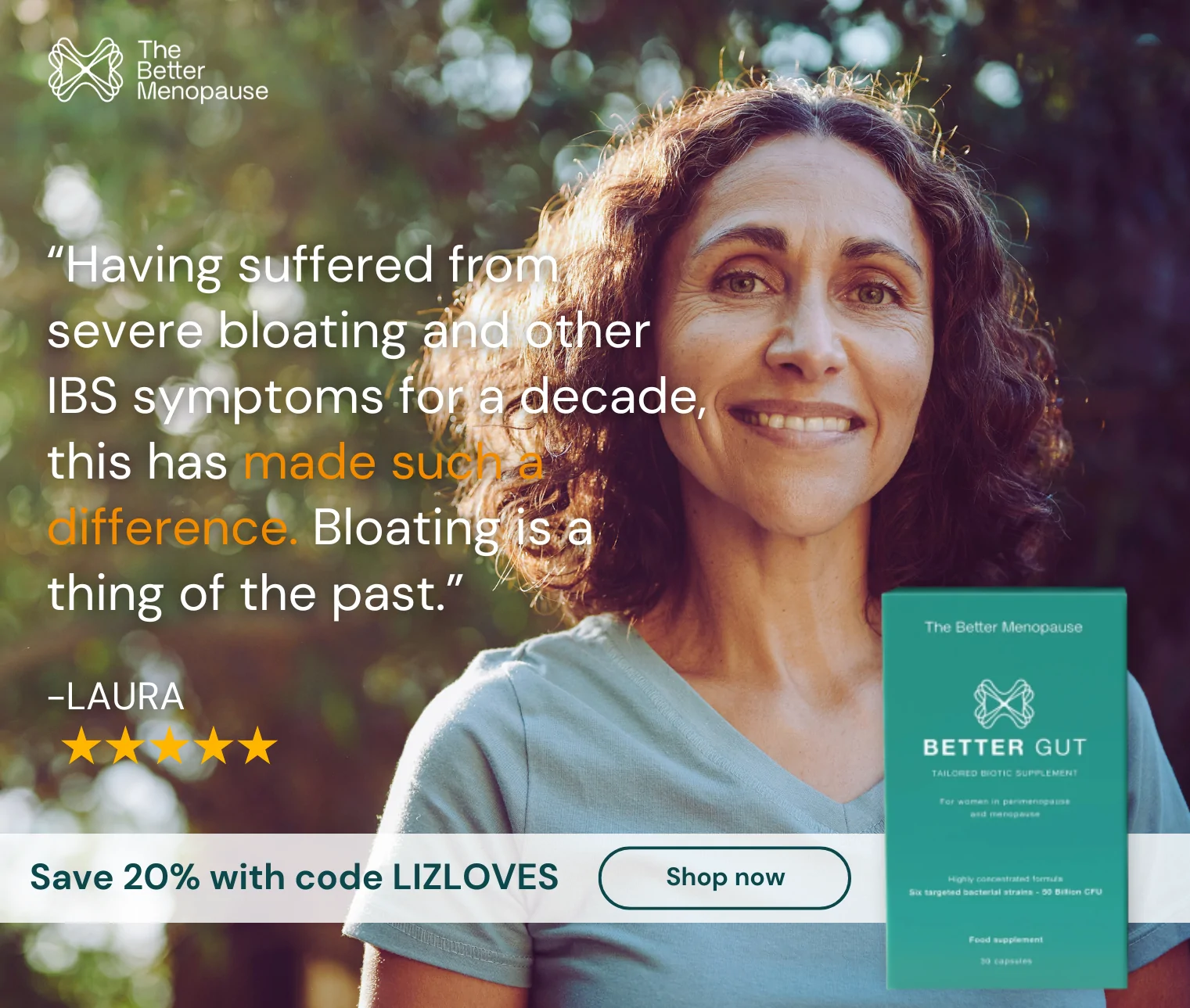Exercise
Exercise after Covid: everything you need to know
Wondering how to get back into exercise after having Covid? The pandemic has meant many of us have suffered from the virus that can harm our lungs, hearts and muscles. As we approach a year of living with Covid-19, we’re learning more about how it affects our bodies and what this might mean for exercise.
We spoke to Liz’s personal trainer, Michael Garry, who shares his tips for getting back into exercise safely and comfortably after a Covid infection.
What problems does Covid pose to exercise?
Coronavirus is a respiratory disease, which means it affects our lungs. In mild cases, this means your lungs and airways can become inflamed, which can cause a dry cough, one of the most widely reported symptoms. This can also inflame your alveoli – the small air sacs that take in the oxygen as we breathe. These are microscopic, but ensure we get enough oxygen. Scans show that infection can do long-term damage to these systems. This makes it harder for our bodies to get enough oxygen circulating around the body.
Serious cases of Covid can cause inflammation and disturbance to the heart too. This inhibits two of the most important organs in the body, especially when it comes to movement. Because of this, exercise after Covid can leave you feeling fatigued and short of breath.
How long should you wait to exercise after Covid?
It’s important to give your body time to recover when you’ve been unwell. It can be tempting to want to go back outside as soon as you feel a bit better, especially after isolating, but don’t rush. Try to wait at least two weeks after recovering to do anything that will put strain on your body, heart and lungs. Pushing your body beyond its capabilities runs the risk of suppressing your immune system even more.
Michael recommends walking as soon as you’re able and allowed to leave the house. The aim is to build up strength slowly. Walking is a great way to get your body moving without putting strain on any of your muscles and organs that will have weakened.
At the start of your journey, less is more. “The onus is on recovery,” says Michael.
He warns against expecting instant results. Your lungs, heart and muscles will have experienced damage as a result of the infection. Trying to get straight back to your pre-illness personal best can do more harm than good. You may find you’re more tired and out of breath than you expect so be generous with yourself. It may take months to start feeling entirely yourself again.
What kind of exercise should you be doing?
As Coronavirus primarily affects the pulmonary system, i.e. your lungs, you should initially avoid doing any aerobic exercise that puts stress on it. Your routine will need adjusting if you’re someone who usually runs long distances or makes a day of a cycle ride.
Initially, all exercise will need to focus on anaerobic movement. These are activities that don’t put as much pressure on the lungs. Generally, these are short bursts of intense exercise where the body uses glucose for its energy without using oxygen. In doing so, anaerobic exercises take the pressure off our lungs and pulmonary systems.
Michael recommends sprints of 50 meters (and no more than 200 meters) at around 70% capacity. While you’re in recovery, try to avoid sprinting at your previous full speed to avoid injury and a weakened immune system. You can also incorporate skipping into your exercise routine, but for no more than a minute at a time. This increases fitness, strength and bone health.
This recovery period is also a good time for strength training. Body weight exercises can boost your metabolism and help you feel stronger without putting too much strain on your lungs. Exercises to try include squats, lunges and press ups. Doing reps of these exercises is also a good way to keep track of your progress. You can increase and decrease reps according to how you feel.
This is also a good time to work on your core and flexibility. You’ll be gradually increasing your exercise, while taking care to not damage your body. Be sure to pay attention to core exercises such as planks and crunches and stretch well after each workout.
Pay close attention to how your body feels during this time. You can start to introduce aerobic exercises after one to three months, depending on how you feel, but give yourself lots of time and rest.
How else can we support our bodies after Covid?
Starting slow in this way, in part, is about protecting your immune system. Other lifestyle choices will make sure we’re giving ourselves the best shot at a speedy recovery.
Getting eight hours of consistent sleep is the best way to promote recovery both from illness and exercise. We can also make sure our immune system is topped up with a healthy and diverse diet. Incorporating vitamin and probiotic supplements will help our bodies to stay fighting fit. With this, patience and slow exercise, you’ll give your body the best chance of making a full recovery after Covid.
With thanks to Michael Garry www.michaelgarry.london





